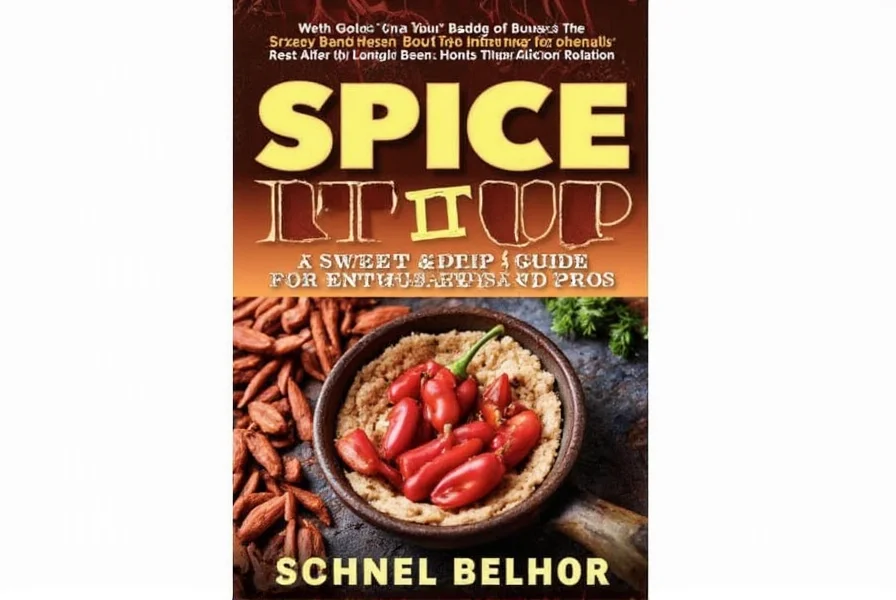Cumin in Mexican Food: A Flavorful Journey Through Global Spice Traditions
Table of Contents
Introduction to Cumin and Mexican Cuisine
Cumin, a small but mighty spice, has been a cornerstone of global cuisine for centuries. While it's often associated with Indian and Middle Eastern dishes, cumin also plays a vital role in Mexican food. This golden-hued spice adds warmth, depth, and a slightly earthy flavor that enhances everything from salsas to tacos. Whether you're a seasoned chef or a home cook looking to explore new flavors, understanding cumin's place in Mexican cooking can elevate your culinary experience.

Why Cumin is a Staple in Mexican Food
When you think of Mexican food, you might imagine bold flavors, vibrant colors, and rich aromas. Cumin is one of the unsung heroes behind this delicious complexity. It’s used in many traditional recipes like chili con carne, tamales, and enchiladas, where it adds a smoky, nutty undertone that complements other spices such as chili powder, oregano, and garlic.
One of the most famous uses of cumin in Mexican cuisine is in the iconic taco seasoning. A pinch of cumin can transform a simple tortilla into a flavorful masterpiece. But its applications go far beyond just seasoning—cumin is also used in marinades, sauces, and even desserts like pan de muerto (Day of the Dead bread).
Practical Tips for Cooking with Cumin in Mexican Dishes
If you're new to using cumin in your cooking, here are some practical tips to help you get started:
- Toasting cumin: Toasting whole cumin seeds before grinding them releases their full aroma and flavor. You can do this in a dry skillet over medium heat until they become fragrant, usually about 2–3 minutes.
- Using ground cumin: Ground cumin is more convenient and commonly found in stores. However, it tends to lose potency faster than whole seeds, so it's best to buy it in small quantities and use it within a few months.
- Pairing with other spices: Cumin works well with chili powder, garlic, onion, and oregano. These combinations are essential in making authentic Mexican dishes like mole sauce or fajitas.
- Adding at the right time: In stews or braised dishes, add cumin early to let its flavor infuse into the dish. For salsas or toppings, use it toward the end to preserve its freshness.
Different Varieties of Cumin and Their Uses
Cumin comes in several varieties, each with its own unique characteristics. Here are a few common types and how they’re used in Mexican food:
| Variety | Description | Use in Mexican Cuisine |
|---|---|---|
| Indian Cumin | Known for its strong, earthy flavor. | Great for slow-cooked dishes like carnitas or birria. |
| Mexican Cumin | Milder and slightly sweeter than Indian cumin. | Perfect for salsas, guacamole, and taco seasoning. |
| Chinese Cumin (Liang Hua) | Has a licorice-like flavor and is less common in Mexican cooking. | Used in some regional dishes, but not typically for everyday meals. |
Buying Guide: Choosing the Best Cumin for Mexican Cooking
Choosing the right cumin is crucial for achieving the authentic flavor of Mexican dishes. Here’s what to look for when purchasing:
Features to Look For
- Freshness: Cumin should have a warm, nutty aroma. Avoid any that smell stale or musty.
- Color: High-quality cumin is light brown with no dark spots or discoloration.
- Texture: Whole seeds should be uniform in size and free from cracks or broken pieces.
Recommended Products
Here are a few top-rated cumin products that are ideal for Mexican cooking:
- Pure Cumin Seeds - Mexican Style
- Features: 100% pure cumin seeds, handpicked and sun-dried.
- Advantages: Superior flavor and aroma, ideal for grinding at home.
- Use Cases: Perfect for making homemade taco seasoning or adding to stews.
- Target Audience: Home cooks and serious spice enthusiasts.
- Suitable Occasions: Family dinners, holiday feasts, and Mexican-themed gatherings.
- Ground Cumin - Mexican Blend
- Features: Pre-mixed with other Mexican spices like chili powder and oregano.
- Advantages: Saves time and ensures a balanced flavor profile.
- Use Cases: Great for quick meals like tacos, burritos, and grilled meats.
- Target Audience: Busy professionals and casual cooks.
- Suitable Occasions: Weeknight dinners and potlucks.
- Organic Cumin Seeds
- Features: Grown without synthetic pesticides or fertilizers.
- Advantages: Healthier option with a cleaner taste.
- Use Cases: Ideal for health-conscious cooks or those who prefer organic ingredients.
- Target Audience: Eco-friendly chefs and wellness-focused individuals.
- Suitable Occasions: Special events and health-focused meals.
Conclusion
Cumin is an essential spice in Mexican cuisine, bringing depth, warmth, and a touch of earthiness to countless dishes. Whether you're toasting whole seeds or using pre-ground blends, understanding how to work with cumin can take your cooking to the next level. From tacos to stews, this humble spice is a true flavor powerhouse. So, next time you're preparing a Mexican meal, don’t forget to give cumin the spotlight it deserves—it’s a key ingredient that brings the world of global spice traditions to your kitchen.










 浙公网安备
33010002000092号
浙公网安备
33010002000092号 浙B2-20120091-4
浙B2-20120091-4